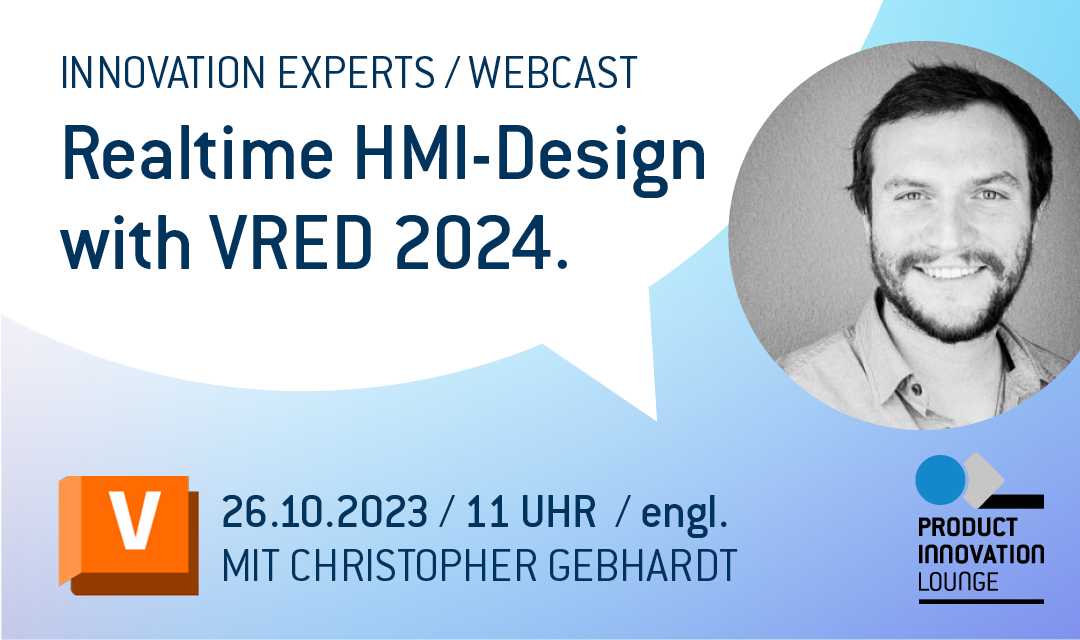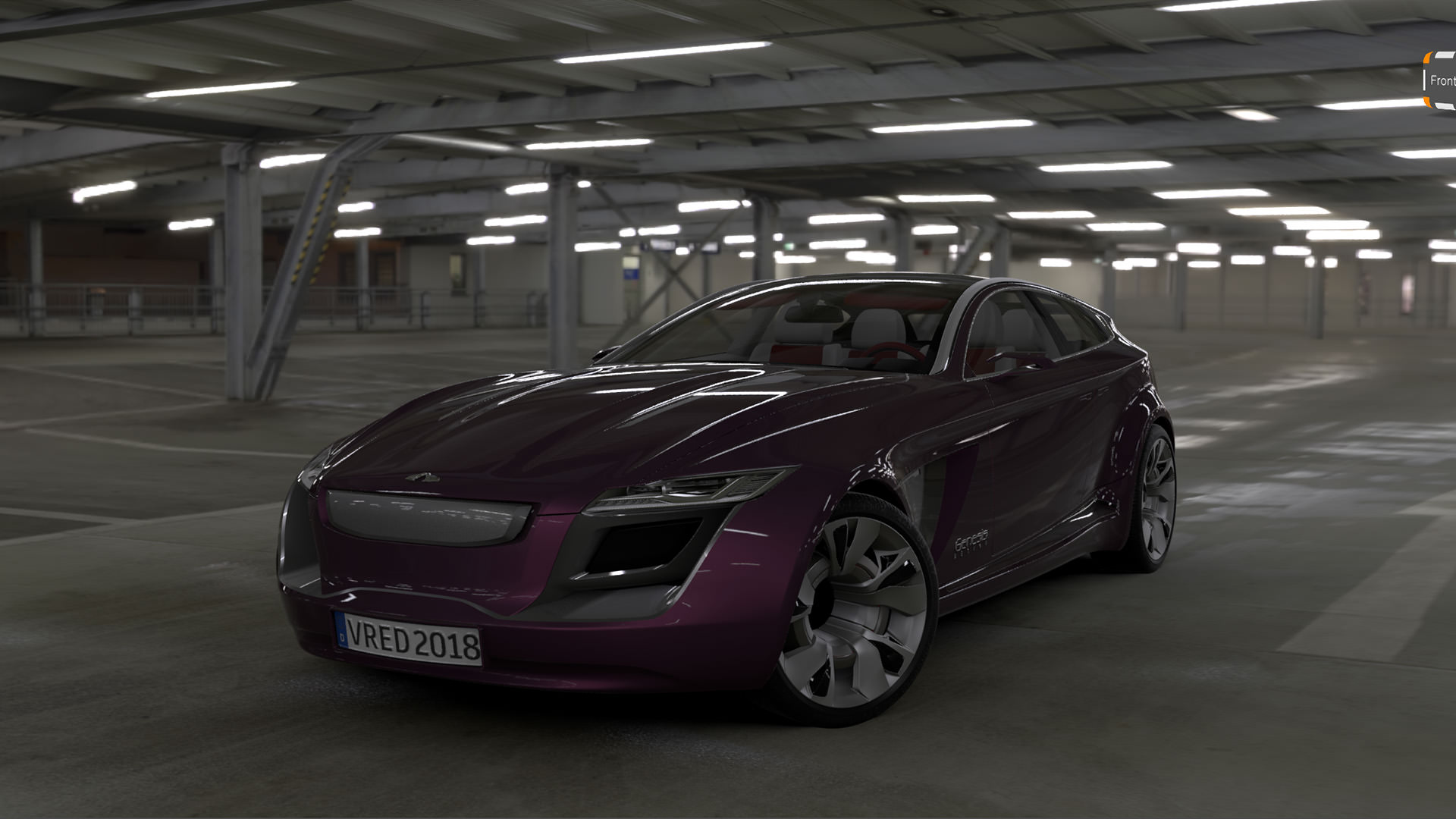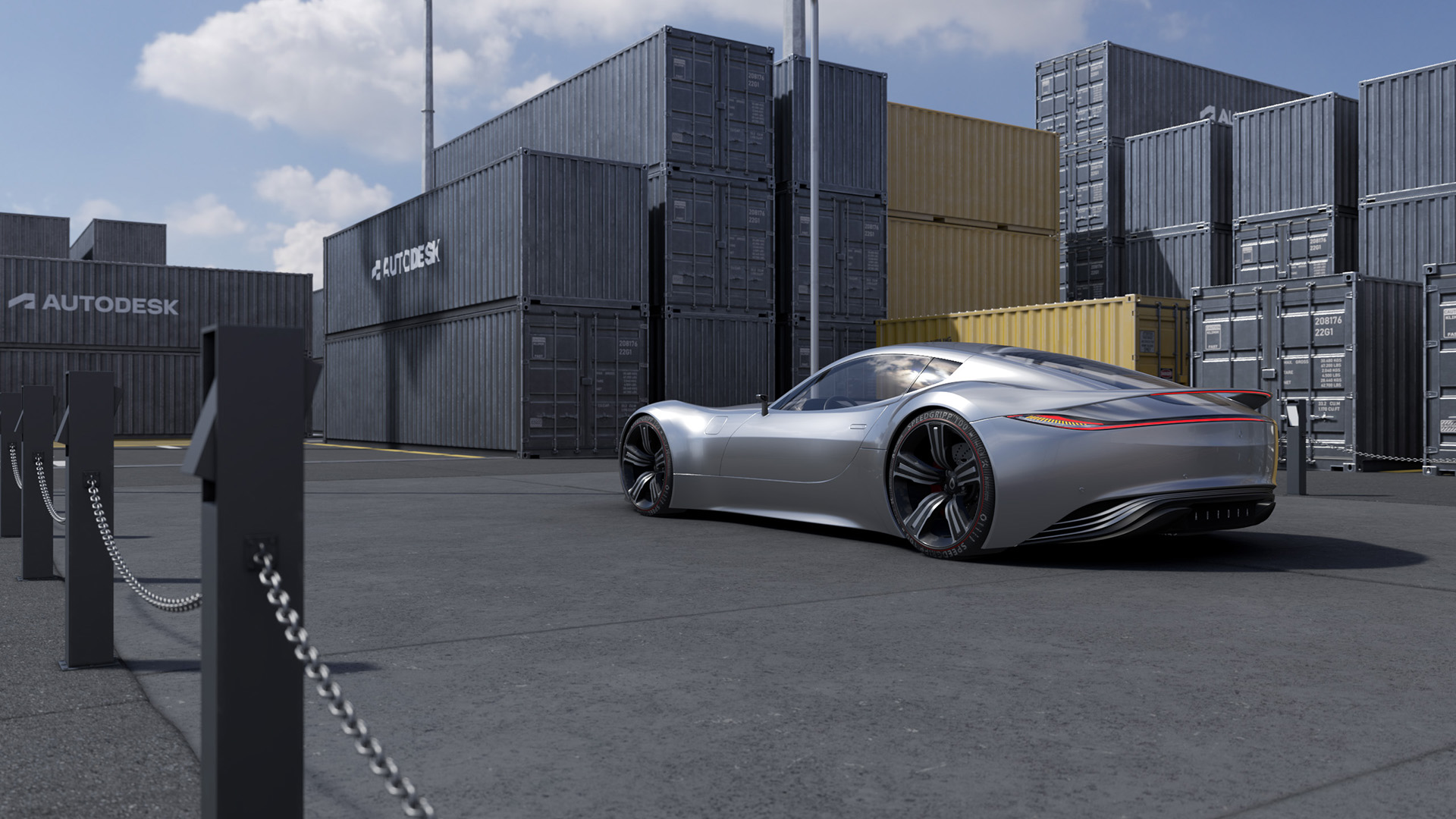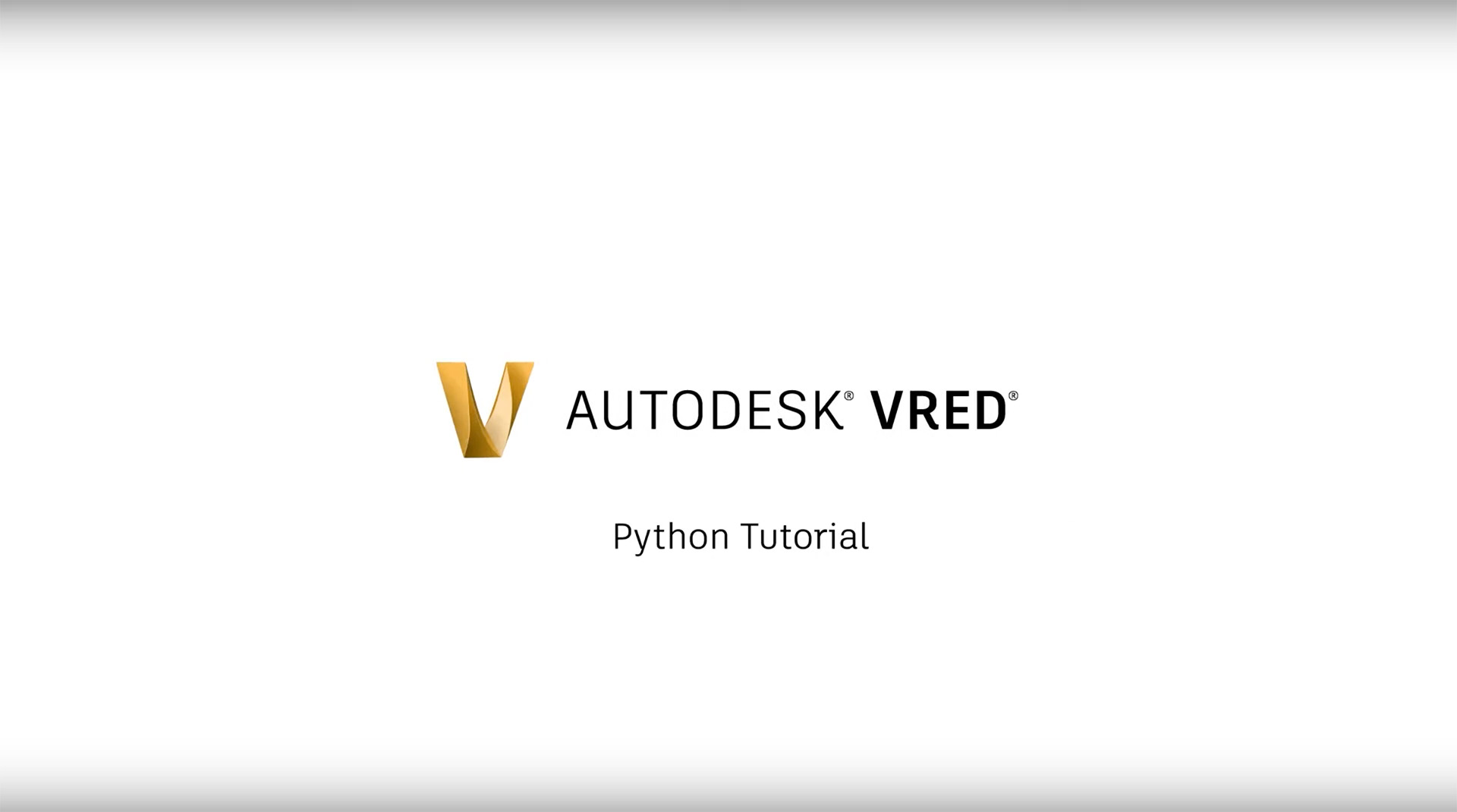Webcast: Was gibts neues in VRED 2024?
Christopher Gebhardt • 01.11.2023- Visualization
- Software Development
- Research
- Immersive Exp.
Autodesk VRED's 2024 release introduced a complete overhaul of the user interface and other nice features. With Alias and VRED complementing their workflows for years, they now also visually integrate seamlessly, offering a unified and intuitive design experience for users.
In this Webcast, organized by Product Innovation Lounge by MFS, Christopher Gebhardt shows how the user interface facilitates your workflows, improves your productivity and what nifty little features make your life easier.
This webcast was recorded in german.
User Interface
Autodesk VRED 2024 is an exciting release, not only visually but also feature-wise. With the new flexible user interface we can expect more changes that improve our workflows and productivity in the future. Using the same design and interaction language as in Alias 2024 makes it easier for designers to finalize their projects VRED, as common functionalities will be working familiar in both applications.
Besides the visuals, which now allow for three different color schemes, there are other impressive features. Just a few highlights:
The docking behaviour was completely overhauled and now allows for more flexible docking and grouping of windows and modules. Just hit Shift and drag a module to one of the anchor points of the user interface. This also works for grouping module windows.
It's now very easy to save different workspaces and switch between them. The workspace settings moved to the first layer of the user interface and can now be reached in the upper right corner.
Small but, saves a headache: You can now edit the scroll behaviour to not change parameters (for example camera translation or rotation) when scrolling in modules. This sometimes gave me a hard time when I accidentially changed parameters. Now you can deactivate this behaviour in Preferences > Main Windows > Enable Mouse Scroll Wheel Value Changes
MaterialX and MDL
With these two material types, Autodesk implemented two popular and widely used material libraries that facilitate cross-application development and offer large material libraries to integrate in your workflow.
While MaterialX is declared in an XML file, Nvidia on the other hand uses its Material Definition Language which is basically a shader language. This allows users that are familiar with hardship and pain to implement their own shaders in VRED, which can be controlled by parameters in real-time via the Python API.
You can browse MaterialX Library online. Nvidias Material library can be downloaded here.
New Supported File Formats
There are two new file formats that are supported in VRED 2024:
The 3MF (3D Manufacturing Format) file is an open standard file format for 3D printing designed to streamline the process of creating and sharing 3D models. It supports complex geometries, textures, and color information, allowing seamless communication of design data between software applications and 3D printers.
IFC (Industry Foundation Classes) is an open file format used in the architecture, engineering, and construction industry for exchanging and sharing Building Information Modeling (BIM) data. It enables interoperability between different software applications, allowing user to import their architecture data into VRED for rendering.
Python
The Python API is constantly implementing new functionality which is important for headless server applications powered by VRED Core. With each release, old functionality is ported from API v1 to API v2, which makes it easier to use for scripting workflows and plugins.
VRED 2024 introduced a new Python sandbox that restricts security-releated functionality in python, like sockets. This way, malicious scripts cannot harm the infrastructure.
At last there is also a dedicated documentation that lists all new features in the Python API.
More topics
 Webcast: Realtime HMI-Design with VRED 2024
Webcast: Realtime HMI-Design with VRED 2024
 Autodesk VRED: Post-Processing Volumes with Metadata
Autodesk VRED: Post-Processing Volumes with Metadata
 Autodesk VRED: Real-Time Tutorials
Autodesk VRED: Real-Time Tutorials
 Autodesk VRED: Python Scripting Tutorials
Autodesk VRED: Python Scripting Tutorials